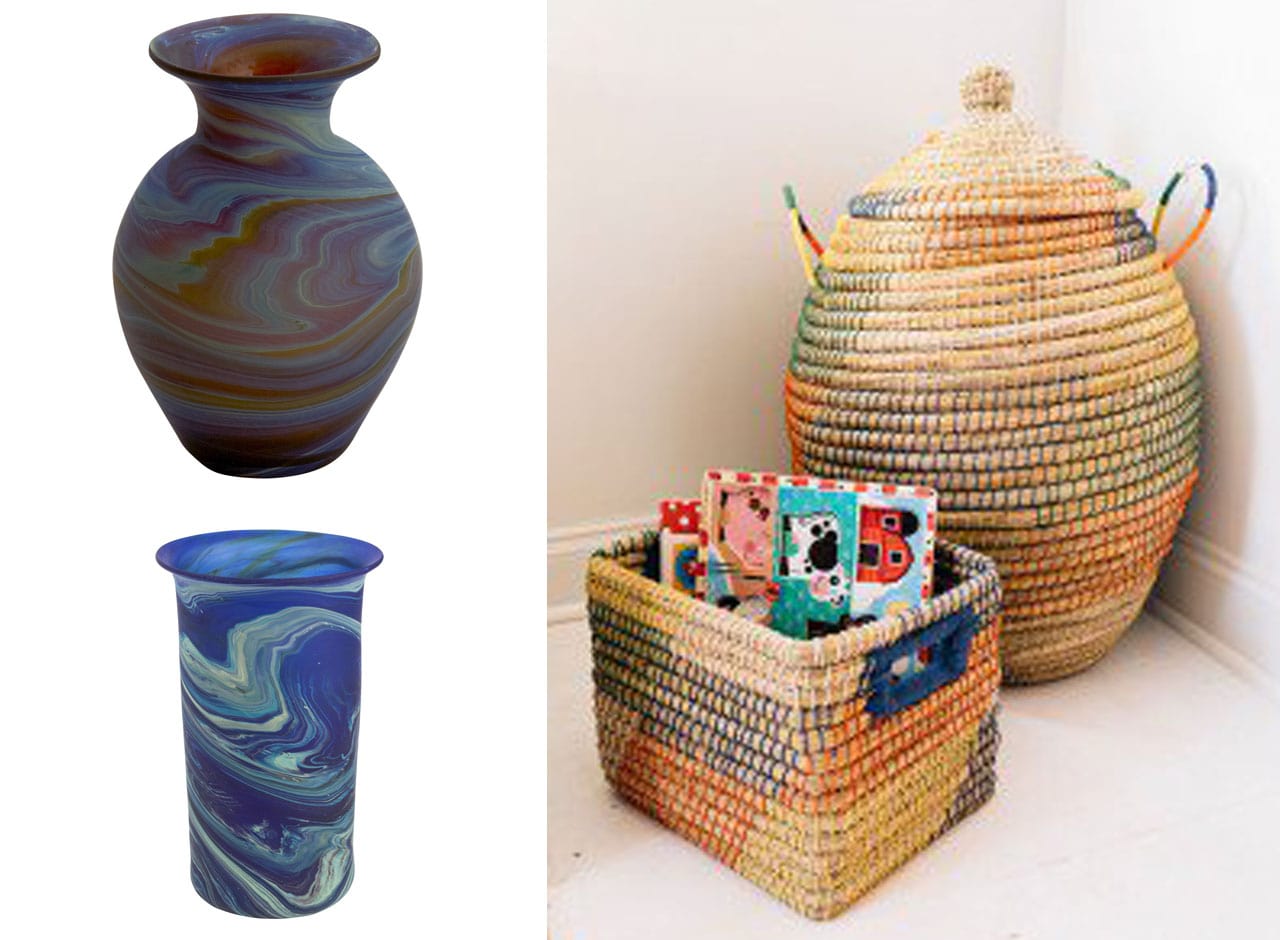Jackie Wilson Asheeke
Can we get our crafts to the tourists, since the tourists cannot come to buy the crafts?
Check out www.tenthousandvillages.com.
According to the history on their website, the idea of bringing products made by women in developing communities to the USA for sale began with Edna Ruth Byler selling crafts from her car boot back in 1940.
She worked with the Mennonite Central Committee (MCC). I was surprised when I read that part as I worked closely with the MCC during my days on Capitol Hill. They were very active in the anti-apartheid movement and worked hard for the immediate independence of Namibia.
The ten thousand villages company that exists now, grew from Edna Beyler’s seeds.
This store takes products made by indigenous women in developing countries and bring them to markets where they have a higher chance of being purchased. They not only have stores, but do a mail-order business. It all sounds simple, but I can imagine the logistics, duty, insurance, and other headaches are significant.
I especially like that the company doesn’t sell the products on commission. They take the risk. They pay these local women on the spot for their craft goods.
Most importantly, they run the entire thing as a business. They work with the women in the communities, establish long relationships, talk to them directly and ensure that sell-able, quality items are produced.
Of course this is no Madison Avenue, billion-dollar thing. There is no greedy board of directors or bean counter from a finance department figuring out ways to screw the producers so they can maximize profits. The goals of this program are clear: assist developing women to bring their hand crafts to market. Though this avenue, women earn money to help them feed and educate their loved ones.
Having worked with several development programs and NGOs in Namibia and assisted communities who sell products to tourists, I still wonder why our better quality Namibian products aren’t a part of something like this. Why can’t one of those ten thousand villages be a Namibian village?
With COVID-19, the higher spending overseas tourists are not coming in 2020 and possibly 2021. Could this be the way to get the best of our things to them, since they cannot come to us?
Check out this website, look at their catalogue, read their history and back story. It is interesting.
“Ten Thousand Villages is more than a store. We’re a global maker‑to‑market movement that breaks the cycle of generational poverty and ignites social change. We’re a way for you to shop with intention for ethically-sourced wares.
“As a pioneer of fair trade, we do business differently, putting people and planet first. That means you can trust that every handmade purchase and donation you make directly impact the life and community of its maker in a developing country.
‘We are committed to ethical practices. We work to ensure that makers earn a fair, living wage in safe working conditions.
“A conversation is the cornerstone of every purchase we make from an artisan group. Together we agree on a price that provides vital income and we deliver advance payments to grow resilient enterprises that thrive.
Investing in partnerships that empower communities
“We choose to work with women, people with disabilities and others often excluded from the global economy. Our long-standing relationships show us when women gain financial independence, their daughters, families and communities flourish, breaking the cycle of poverty.
Celebrating craft and culture
“Maker skills have been passed down from generation to generation. They are part of the history of a place and people. We work together to preserve indigenous legacies while spurring innovation and designs that speak to customers who love craft and culture too.”




